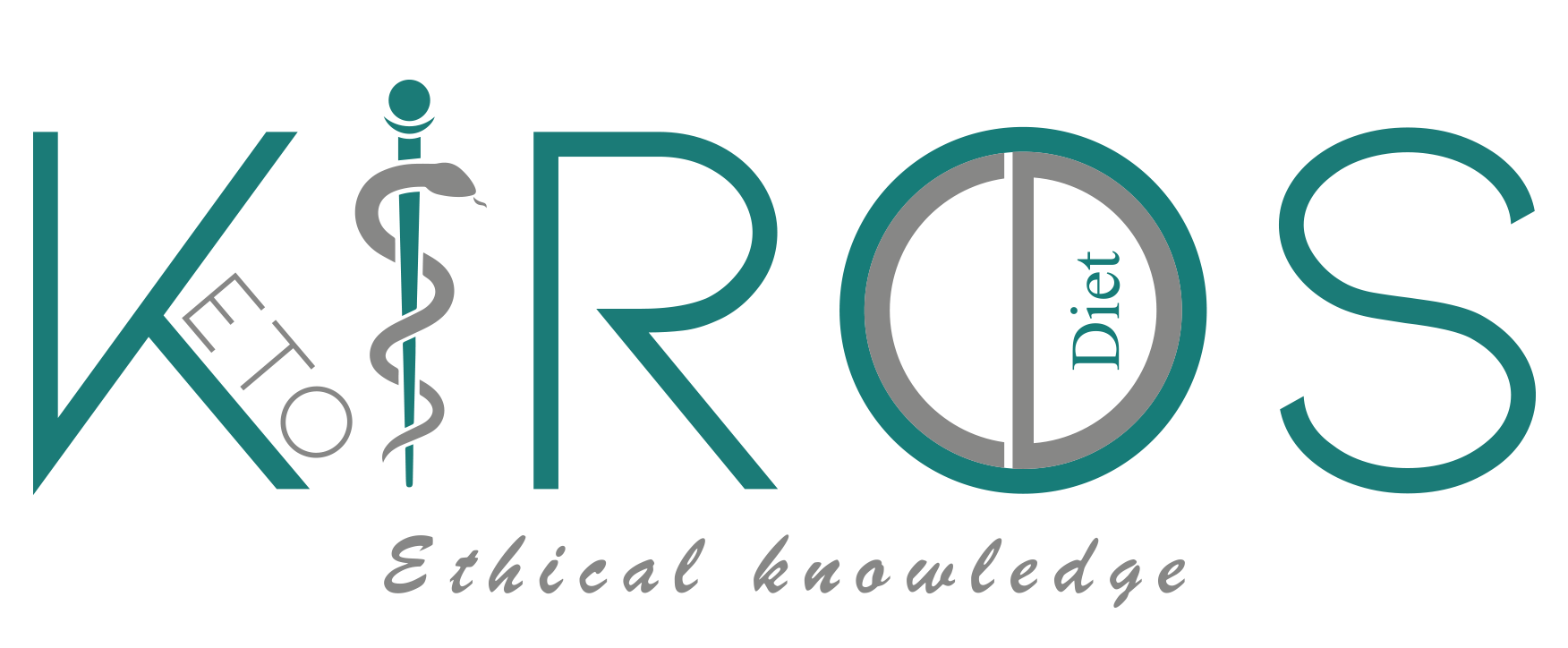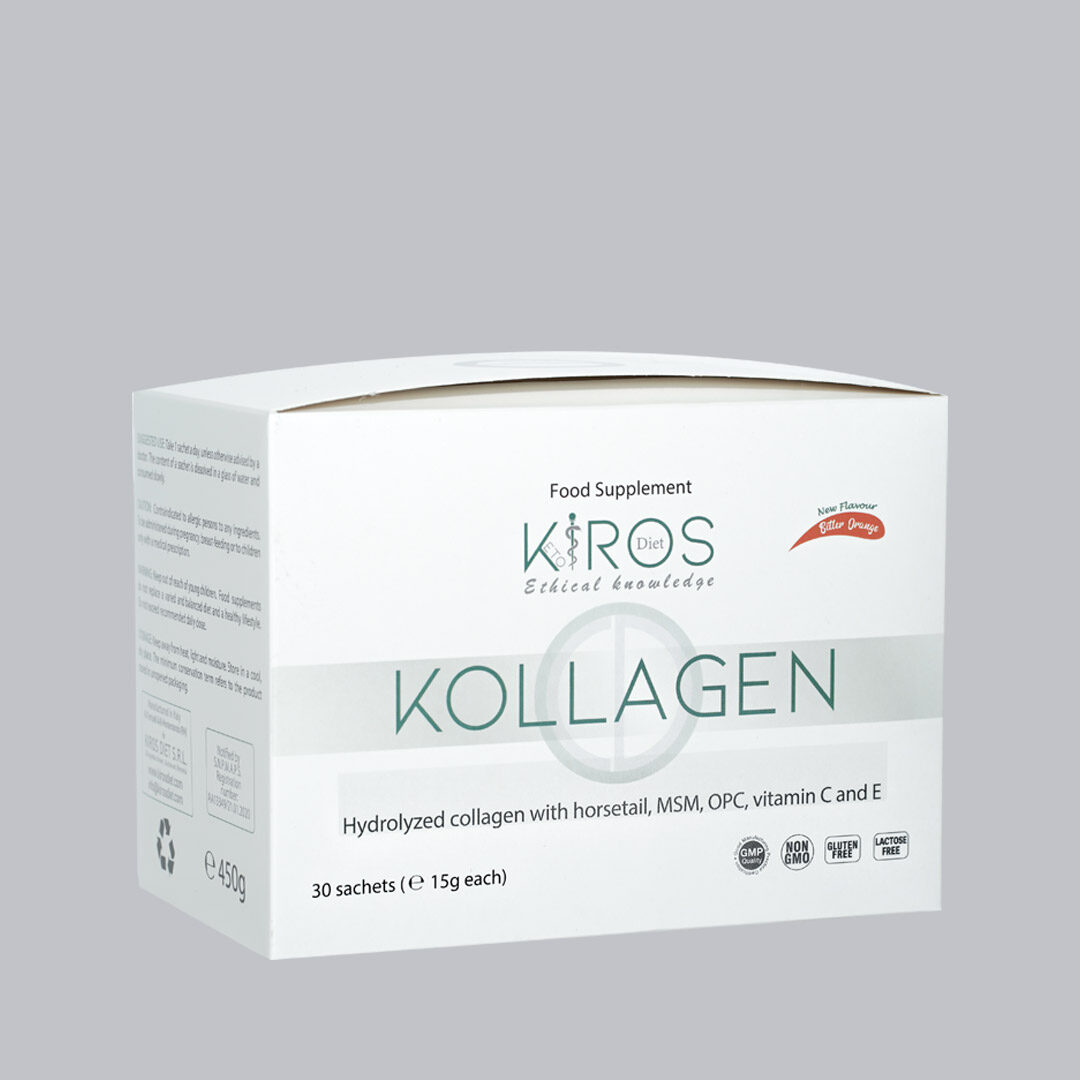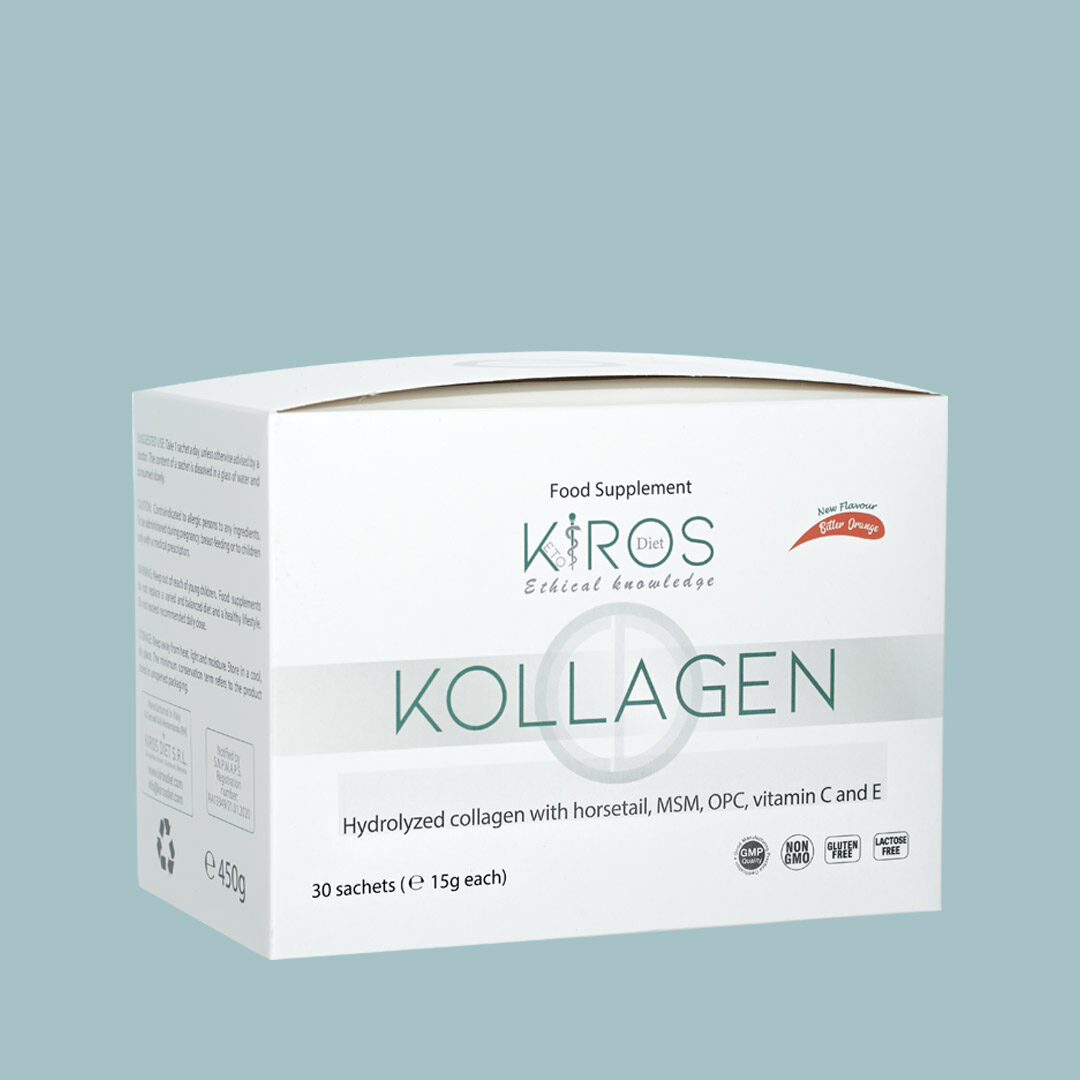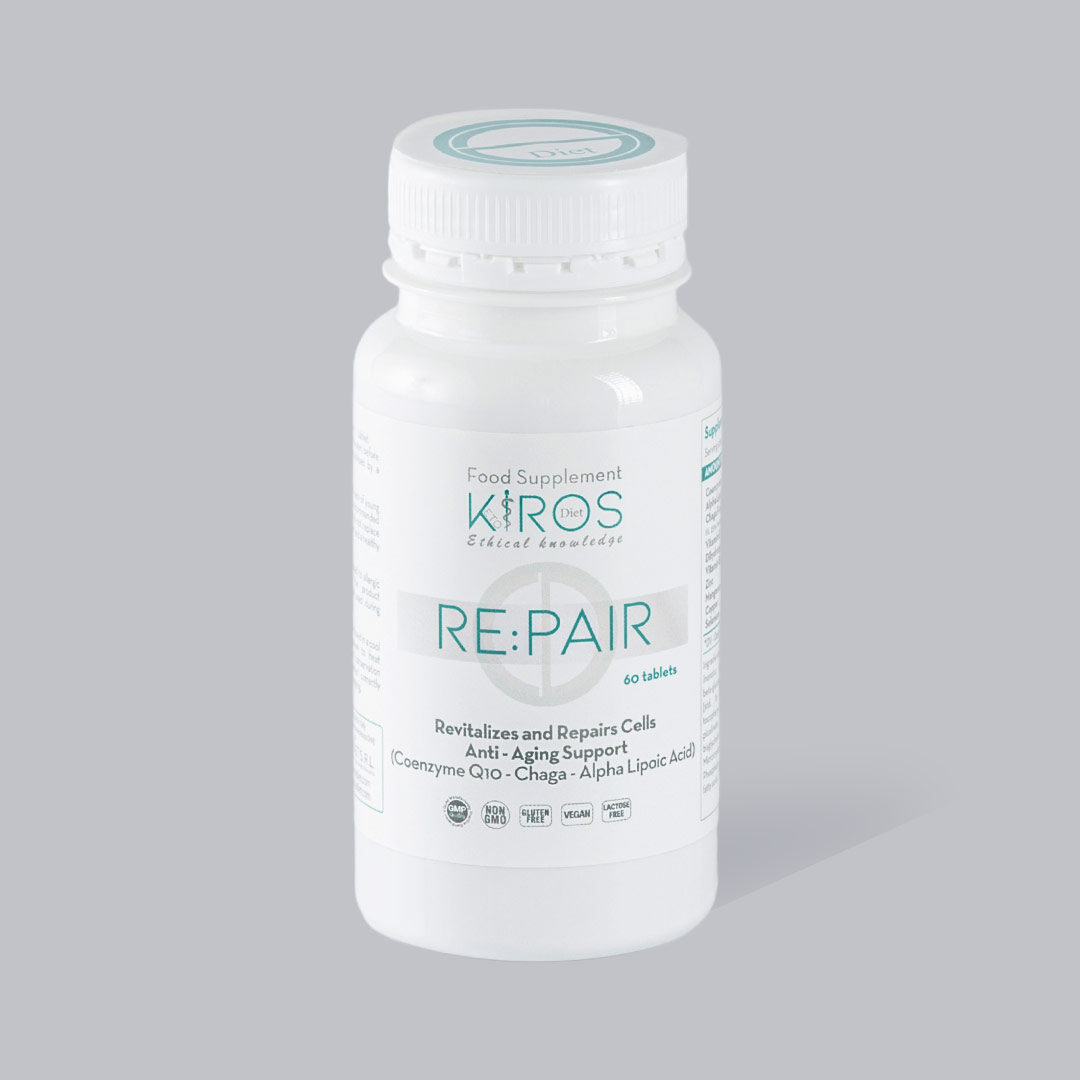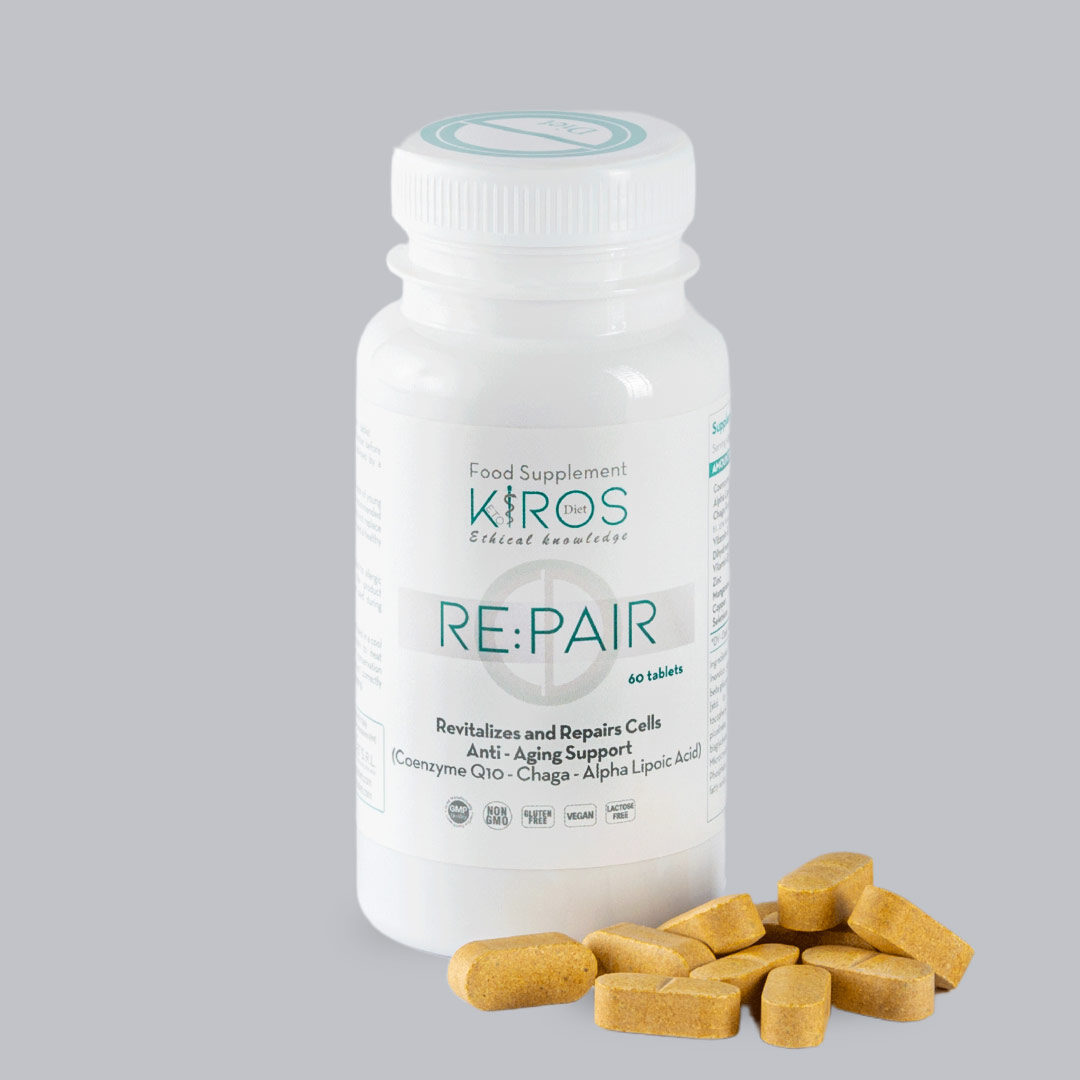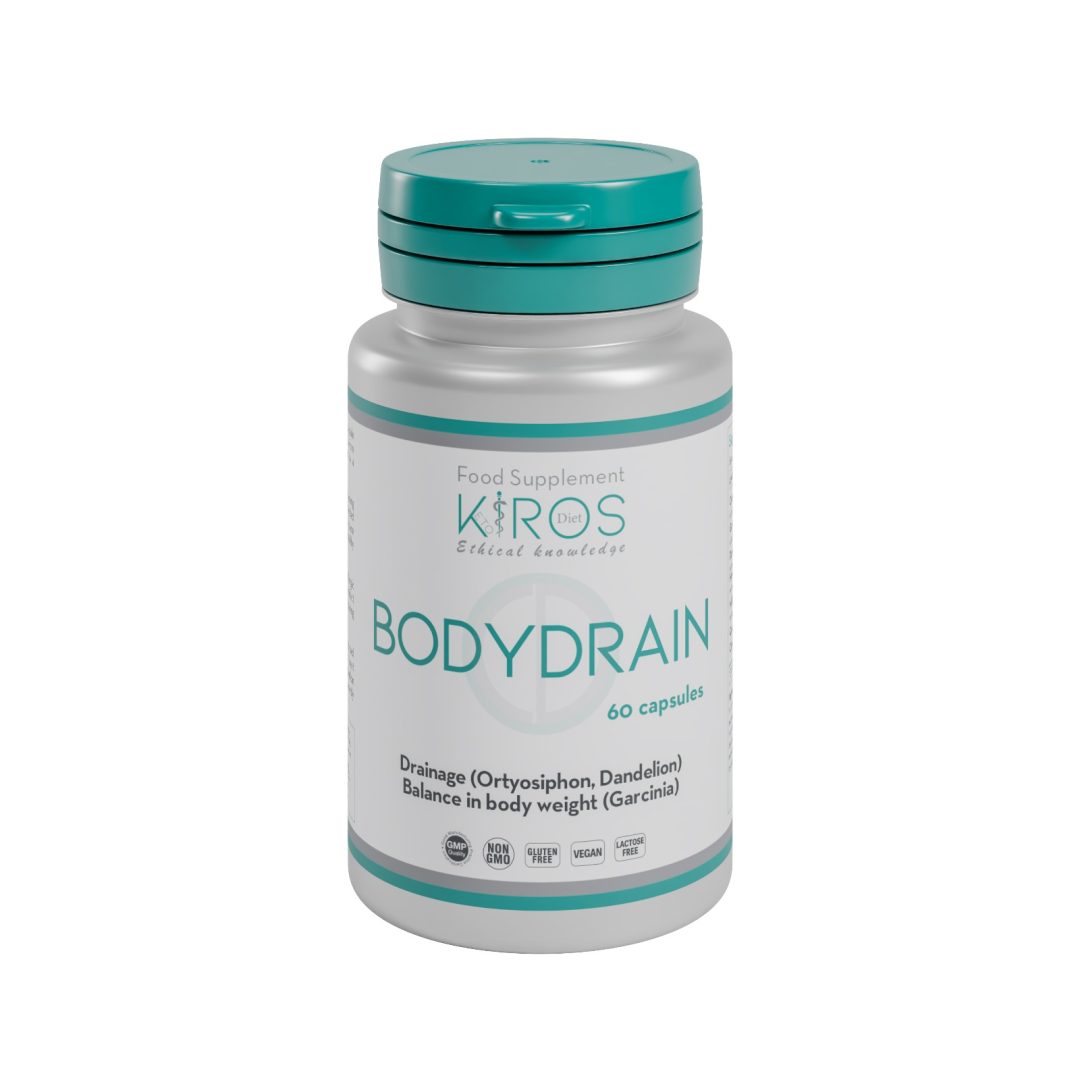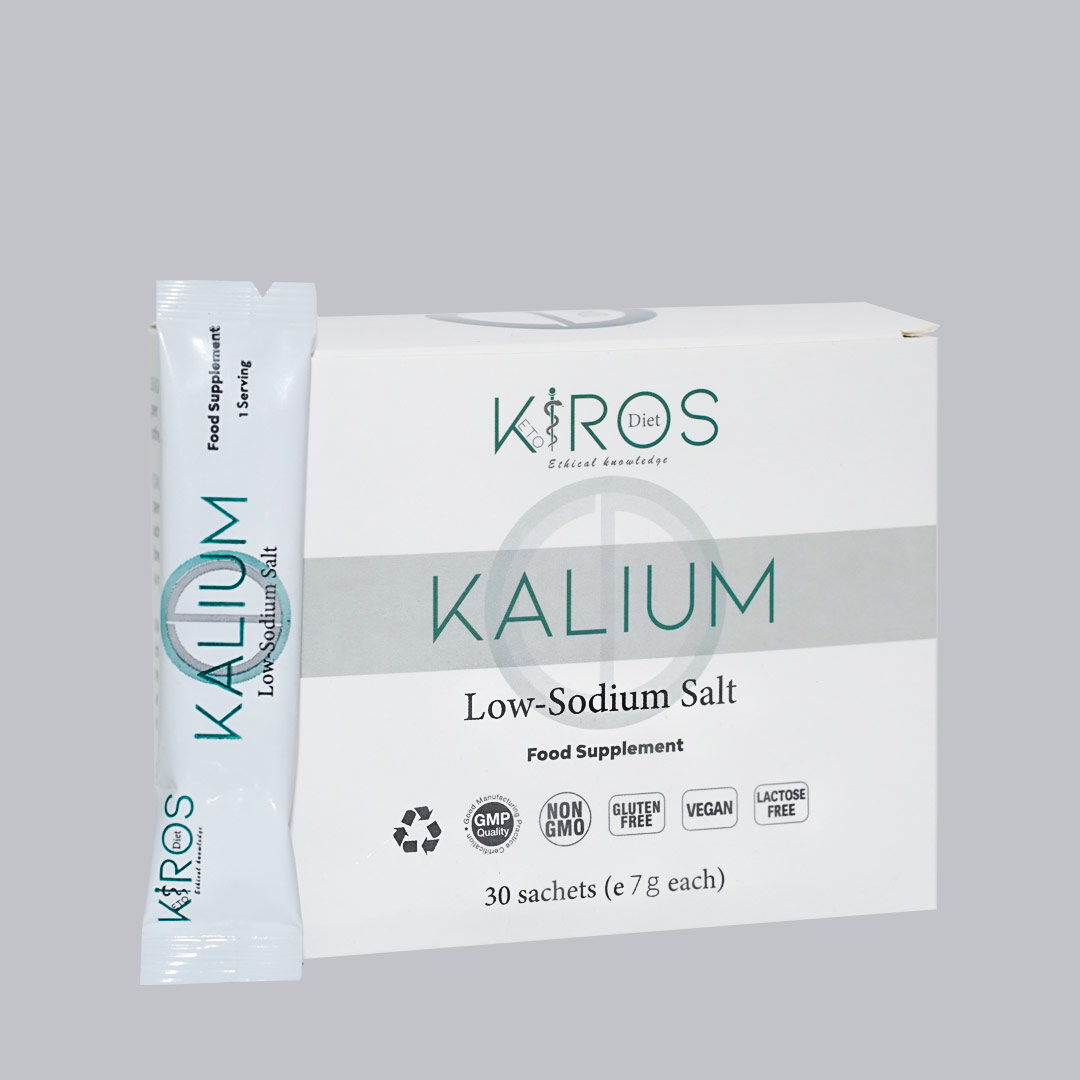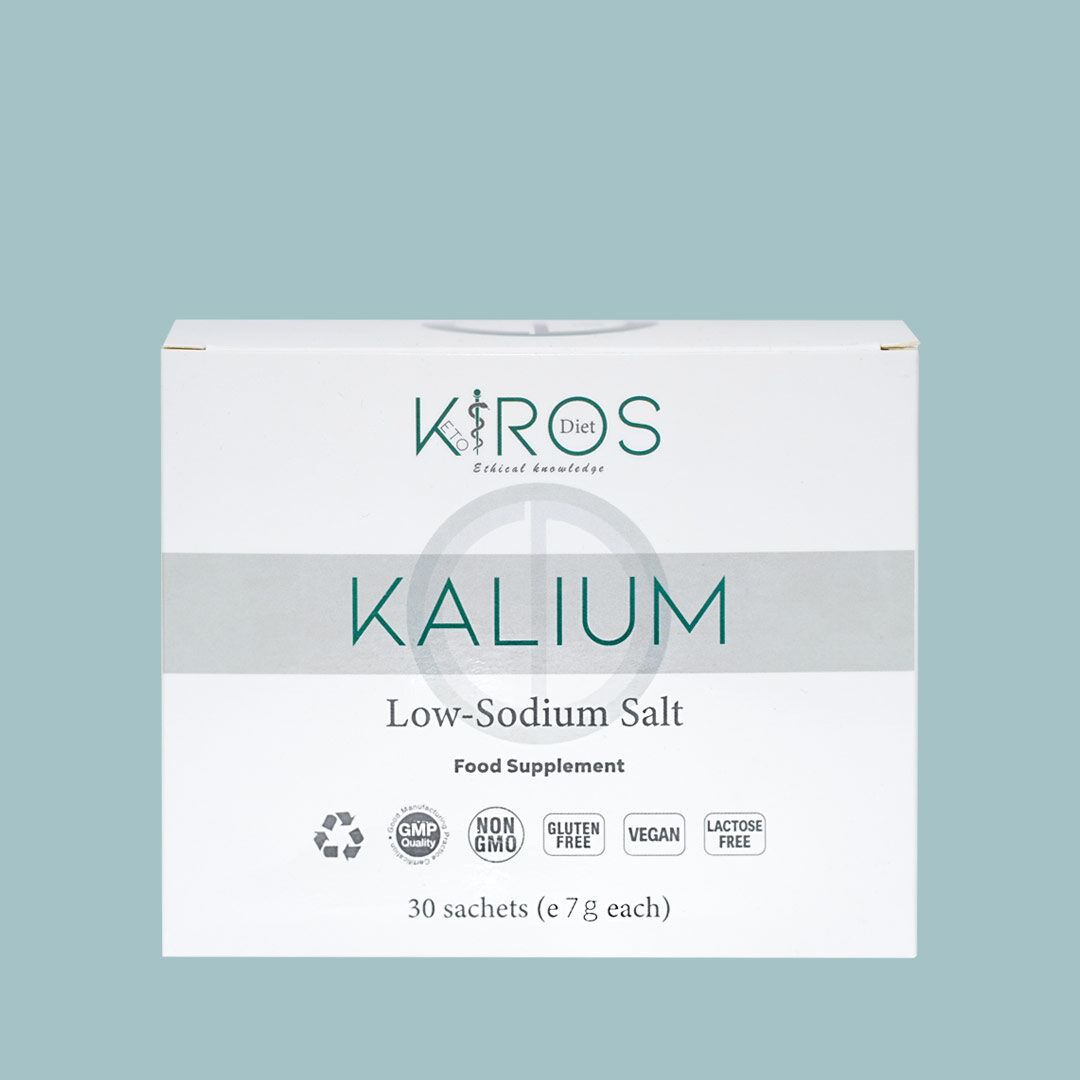EFFECTIVENESS
Acand, a natural and biologically active food supplement, based on cloves, oregano and grapefruit extract, useful in all cases of reduced dietary intake or increased need for useful components to improve gastrointestinal health by reducing the level of proliferation of Candida on intestinal mucosa, increasingly associated with various diseases of the gastrointestinal tract and high levels of pro-inflammatory cytokines.
One tablet of Acand is able to provide 350 mg of Sygizium Aromaticum, 300 mg of Origanum and 100 mg of grapefruit extract. The particularly balanced formulation appears to play a positive role in protecting the intestines,being based on aromatic plants with active ingredients and essential oils that can improve gastrointestinal health and inhibit intestinal Candida.
BACKGROUND
The indiscriminate use of antibiotics, and the massive use of fungicides and herbicides in industrial agriculture has contributed to render ineffective the activity of antibiotics and many pathogenic strains have developed resistance to commonly used antimicrobial drugs. As a result, the scientific world is reconsidering the potential of medicinal plants and the active ingredients extracted from them as alternative sources of new antimicrobial agents.
Candida is a genus of yeasts, the most important species of which is Candida albicans that causes fungal infections in humans and animals named candidosis which are resistant to most common antibiotics.
Candida infections have emerged in recent decades as a significant health problem. These organisms are usually part of the normal microbial flora of the gut and skin but cause disease when this normal flora is altered and when immune defenses are compromised.
Numerous studies show a connection between intestinal Candida and several symptoms localized at gastrointestinal level, other studies show that Candida can cause a more generic symptomatology involving other organs and apparatuses1. Among the typical symptoms of intestinal Candida there are: slowing down of digestive processes, bloating and flatulence, belching, intestinal pain and cramps, alternating periods of constipation and diarrhea, loss of body weight. Besides the above mentioned symptoms related to the digestive tract, intestinal Candida can also cause: general malaise, fever, chills, irritability, dizziness. Moreover, several authors have associated intestinal Candida to the appearance of food intolerances and allergies.
CHARACTERISTICS OF THE COMPONENTS
Acand is composed of the extracts of Syzigium aromaticum, Origanum vulgaris and Citrus paradisi that act synergistically with the aim of improving the therapeutic potential of the individual components.
Syzigium aromaticum, commonly known as cloves has a remarkable antifungal activity against clinically pathogenic organisms2. It is used in traditional medicine for its antibacterial, antiseptic and antibiotic properties. It finds use in asthma and other oral disorders. Its active components are sesquiterpenes with reported anticarcinogenic, antimutagenic, anti-inflammatory, antioxidant, antiviral, antithrombotic and anti-parasitic activities345.
Origanum vulgare is the botanical name of the spice oregano, commonly used to flavor food or prepare decoctions and herbal teas. The leaves of the plant contain a variety of antioxidant compounds, such as rosmarinic acid. Oregano essential oil has several uses, it is mainly composed of carvacrol and thymol with antibacterial action, and inhibiting bacterial replication.
Citrus paradisi is an important member of the Citrus genus of the Rutaceae family, commonly known as grapefruit. It has been used in folk medicine in many countries as an antibacterial, antifungal, anti-inflammatory, antioxidant, antiviral, and astringent. It has also been used and studied for cancer prevention, cell regeneration, cholesterol lowering, detoxification, maintaining heart health, rheumatoid arthritis and weight loss.
For the first time a preparation based on such a combination of herbs and active ingredients is proposed and marketed.
STUDIES
Sygizium
Numerous studies have demonstrated the potent antibacterial effects of cloves6,78. The bacterial growth inhibitory activity is due to the presence of numerous constituents, including eugenol, eugenyl acetate, β-caryophyllene, 2-heptanone, acetyl-eugenol, α-humulene, methyl salicylate, iso-eugenol, methyl-eugenol, phenyl propanoids, kaempferol, rhamnetin, myricetin, gallic acid, ellagic acid, and oleanolic acid. These compounds can denature proteins and react with phospholipids in the cell membrane, changing its permeability. Burst and Reinders 2003, reported the efficacy of the oil against nontoxigenic strains of E. coli. Other studies have reported the antifungal activity of clove oil against yeasts and filamentous fungi, such as several foodborne fungal species10,11 and human pathogens. In animal cases the essential oil and eugenol showed antifungal activity against Candida, Aspergillus, and dermatophytes. The mechanism of action is related to bacterial membrane lesions10. 14,15,16
Origanum
Oregano has been used for thousands of years as a spice and condiment and in ethnomedicine for its antifungal, antimicrobial, insecticidal and antioxidant properties. There were also reported antispasmodic and analgesic effects and usefulness in gastrointestinal disorders18. Silva et al. 19 reported the inhibitory effect on the release of inflammatory mediators of carvacrol present in oregano essential oil. In addition to the essential oil, oregano contains a rich fraction of polyphenols with antioxidant and anti-inflammatory actions20,21.
Grapefruit
Numerous scientific studies report the antiseptic and antibacterial properties of Citrus paradisi22. The ethanolic extract has been tested on 20 bacterial and 10 yeast strains23 including the pathogenic microorganisms S. aureus, E. coli, K. pneumoniae, B. subtilis, M. luteus and Candida albicans. The tested extracts showed good antimicrobial activity against all clinical isolates compared to the control. In other studies the same extract, later used in Acand, showed a remarkable inhibitory action against various Gram-positive and Gram-negative bacteria and towards two fungal species. 24,25
LITERATURE
- Zunder, T., Huber, R., Sander, A., Daschner, F., & Frank, U. (2002). The pathogenetic significance of intestinal Candida colonization–a systematic review from an interdisciplinary and environmental medical point of view.International journal of hygiene and environmental health, 205(4), 257-268.
- Khan, M. S. A., & Ahmad, I. (2012). Biofilm inhibition by Cymbopogon citratus and Syzygiumaromaticum essential oils in the strains of Candida albicans. Journal of Ethnopharmacology, 140(2), 416-423.
- Mittal, M., Gupta, N., Parashar, P., Mehra, V., & Khatri, M. (2014). Phytochemical evaluation and pharmacological activity of Syzygiumaromaticum: a comprehensive review. International journal of pharmacy and pharmaceuticalsciences, 6(8), 67-72.
- Cervato, G., Carabelli, M., Gervasio, S., Cittera, A., Cazzola, R., &Cestaro, B. (2000). Antioxbdant properties of oregano (Origanum vulgare) leaf extracts. Journal of Food Biochemistry, 24(6), 453-465.
- Gupta, V., Kohli, K., Ghaiye, P., Bansal, P., & Lather, A. (2011). Pharmacological potentials of citrus paradise-An overview. Int J Phytother Res, 1(1), 8-17.
- Gupta N, Mittal M, Parashar P, Mehra V, Khatri M. Antibacterial Potential of Elletariacardamomum, Syzygiumaromaticumand Piper nigrum, their synergistic effects and phytochemical determination. J Pharm Res 2014;8(8).
- Fu Y, Zu Y, Chen L, Shi X, Wang Z, Sun S, Efferth T. Antimicrobial activity of clove and rosemary essential oils alone and in combination. J Phytother Res 2007;21(10):989-94.
- Cai L, Wu CD. Compounds from Syzygiumaromaticumpossessing growth inhibitory activity against oral pathogens. J Nat Prod 1996;59(10):987-90.
- Burst SA, Reinders RD. Antibacterial activity of selected plant essential oils against Escherichia coli O157:H7. J Lett Appl Microbiol 2003;36(3):162-7.
- Eugenia P, Luıs VS, Carlos C, Lıgia S. Antifungal activity of the clove essential oil from Syzygiumaromaticum on Candida, Aspergillus and dermatophyte species. J Med Microbiol 2009;58:1454-62.
- Gayoso CW, Lima EO, Oliveira VT, Pereira FO, Souza EL, Lima IO, et al. Sensitivity of fungi isolated from onychomycosis to Eugenia caryophyllataessential oil and eugenol. J Fitoterapia 2005;76:247-9.
- Ahmad N, Alam MK, Shehbaz A, Khan A, Mannan A, Rashid Hakim S, Bisht D, Owais M. Antimicrobial activity of clove oil and its potential in the treatment of vaginal candidiasis. J Drug Target 2005;13:555-61.
- Manohar V, Ingram C, Gray J, Talpur N A, Echard B W, Bagchi D, Preuss H G. Antifungal activities of origanum oil against Candida albicans. J Mol Cell Biochem 2001;228:111-7.
- Fleisher, A., & Fleisher, Z. (1988). Identification of biblical hyssop and origin of the traditional use of oregano-group herbs in the Mediterranean region. EconomicBotany, 42(2), 232-241.
- Baydar, H., Sağdiç, O., Özkan, G., &Karadoğan, T. (2004). Antibacterial activity and composition of essential oils from Origanum, Thymbra and Satureja species with commercial importance in Turkey. Food control, 15(3), 169-172.
- Bakkali, F., Averbeck, S., Averbeck, D., &Idaomar, M. (2008). Biological effects of essential oils–a review. Food and chemicaltoxicology, 46(2), 446-475.
- Chishti, S., Kaloo, Z. A., & Sultan, P. (2013). Medicinal importance of genus Origanum: A review. Journal of Pharmacognosy and Phytotherapy, 5(10), 170-177.
- Dundar, E., Olgun, E. G., Isiksoy, S., Kurkcuoglu, M., Baser, K. H. C., & Bal, C. (2008). The effects of intra-rectal and intra-peritoneal application of Origanumonites L. essential oil on 2, 4, 6-trinitrobenzenesulfonic acid-induced colitis in the rat. Experimental and ToxicologicPathology, 59(6), 399-408.
- Silva, F. V., Guimarães, A. G., Silva, E. R., Sousa-Neto, B. P., Machado, F. D., Quintans-Júnior, L. J., & Oliveira, R. C. (2012). Anti-inflammatory and anti-ulcer activities of carvacrol, a monoterpene present in the essential oil of oregano. Journal of medicinalfood, 15(11), 984-991.
- Liang, C. H., Chou, T. H., & Ding, H. Y. (2010). Inhibition of melanogensis by a novel origanoside from Origanum vulgare. Journal of dermatological science, 57(3), 170-177.
- Skaltsa H, Chatzopoulou A, Karioti A, Gousiadou C, Vivancos VL, Kyriazopoulos P, Golegou S (2010). Depsides and other polar constituents from Origanumdictamnus L. and their in vitro antimicrobial activity in clinical strains. Agric. FoodChem. 58:6064−6068.
- Alanis, A. D., Calzada, F., Cervantes, J. A., Torres, J., & Ceballos, G. M. (2005). Antibacterial properties of some plants used in Mexican traditional medicine for the treatment of gastrointestinal disorders. Journal of Ethnopharmacology, 100(1-2), 153-157.
- Cvetnic, Z. D. E. N. K. A., & Vladimir-Knezevic, S. A. N. D. A. (2004). Antimicrobial activity of grapefruit seed and pulp ethanolic extract. Acta Pharm, 54(3), 243-250.
- Sudipta, K. M., Lokesh, P., Rashmi, W., Vijay, R., &Ssn, K. (2012). Phytochemical screening and in vitro antimicrobial activity of Bougainvillea spectabilis flower extracts. International journal of phytomedicine, 4(3), 375.
- Reagor, L., Gusman, J., McCoy, L., Carino, E., &Heggers, J. P. (2002). The effectiveness of processed grapefruit-seed extract as an antibacterial agent: I. An in vitro agar assay. The Journal of Alternative &Complementary Medicine, 8(3), 325-332.
